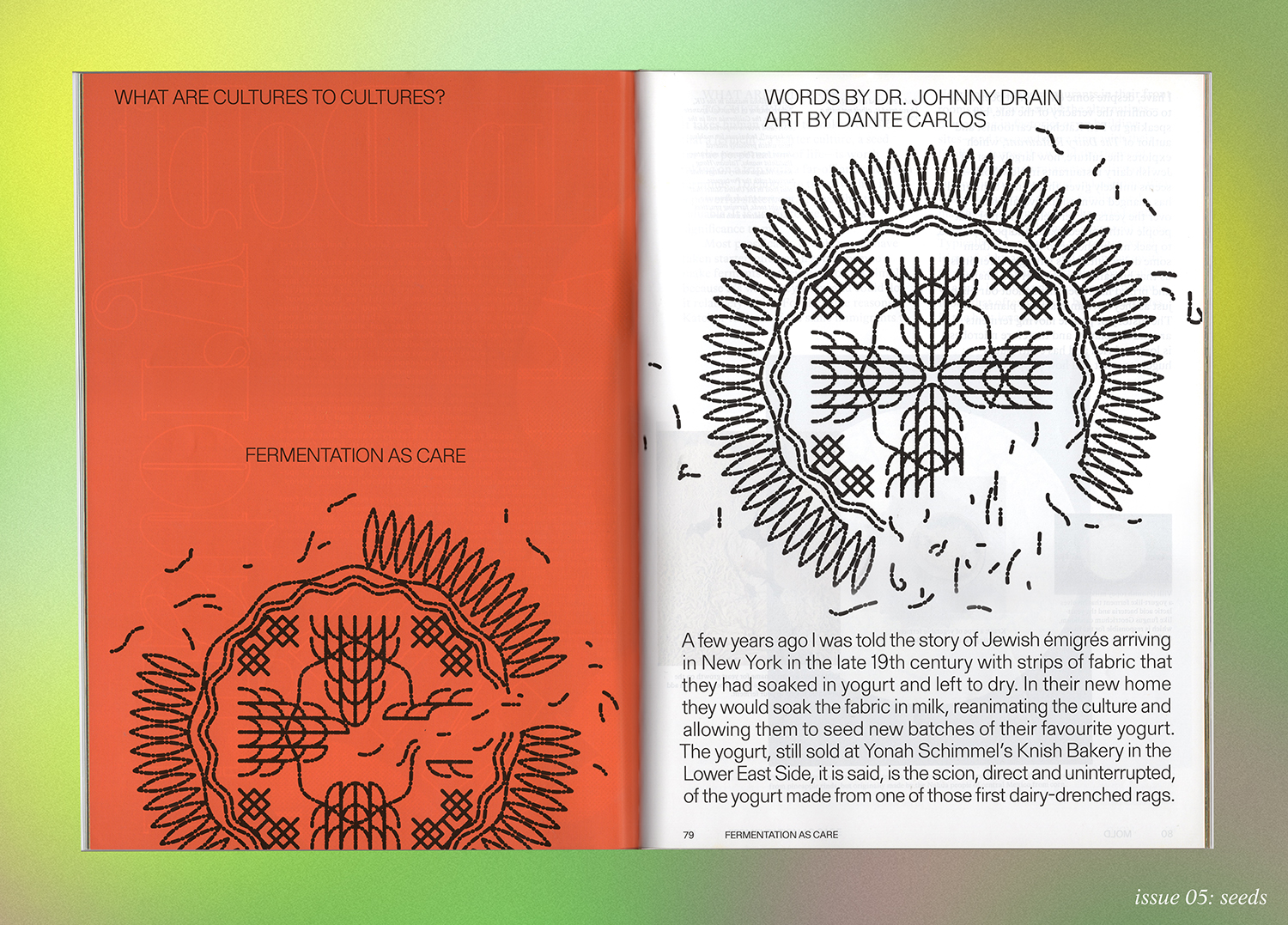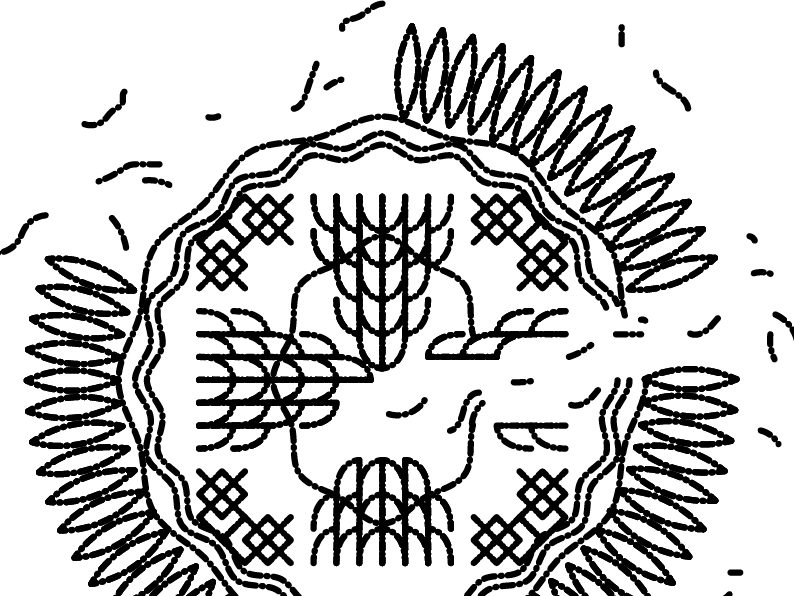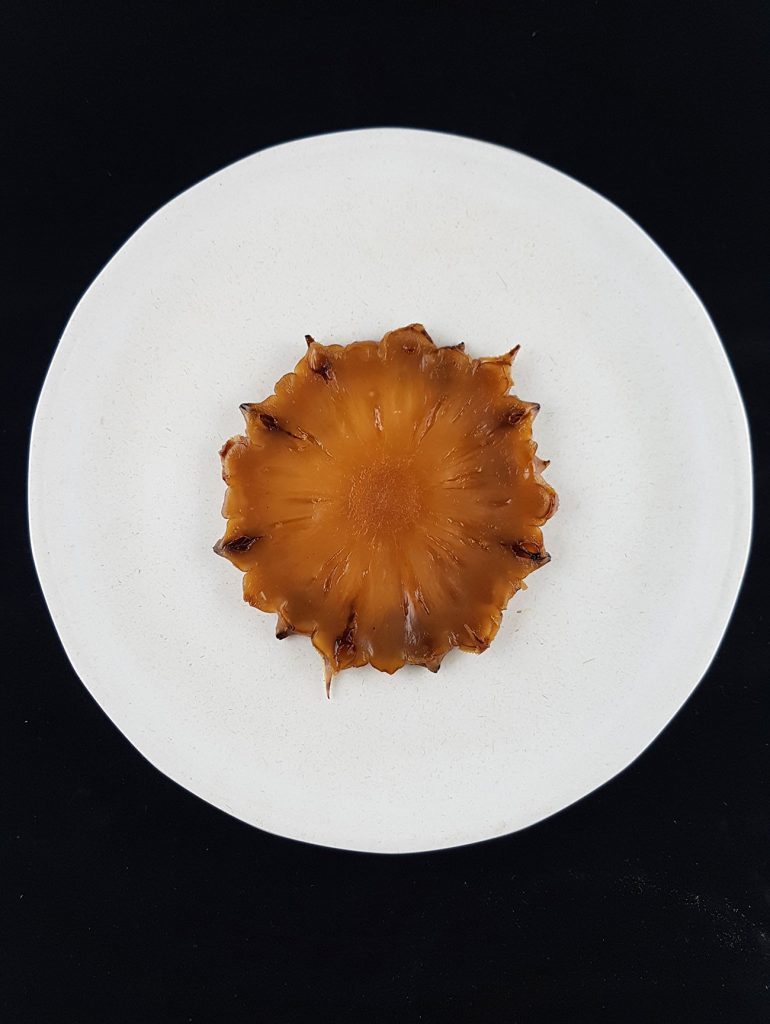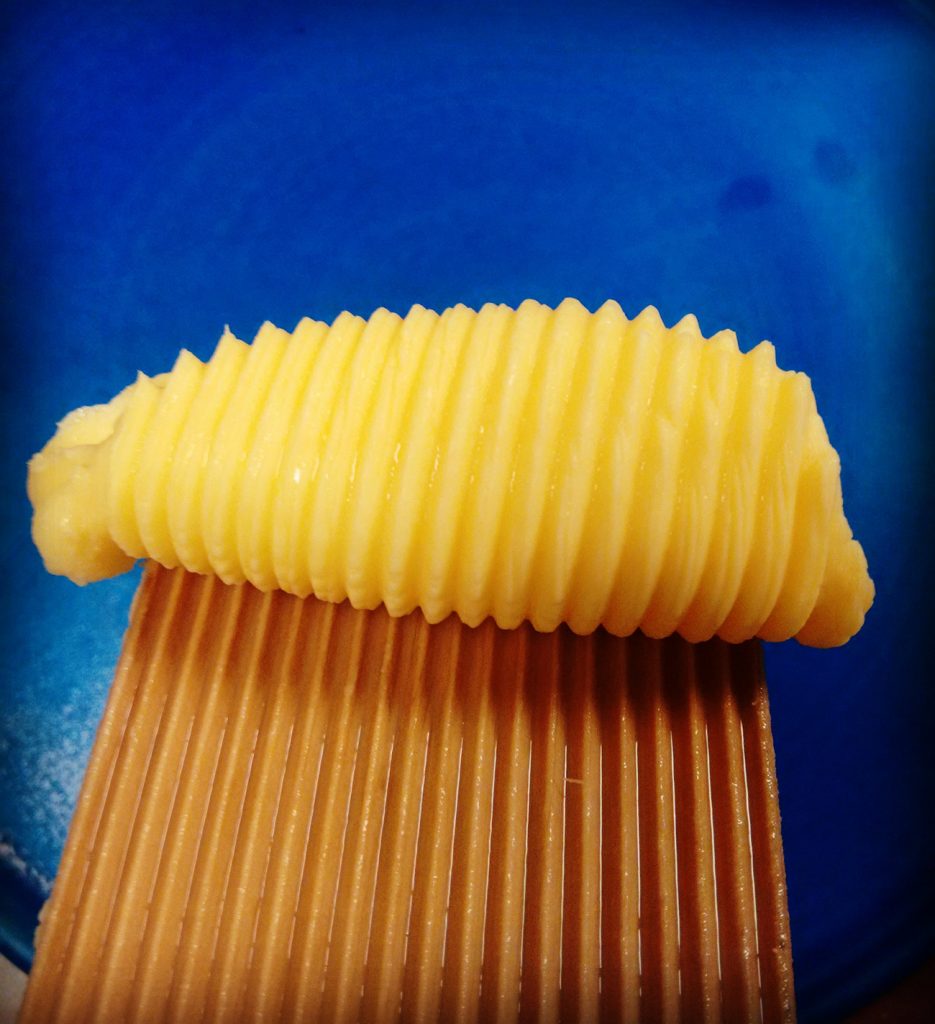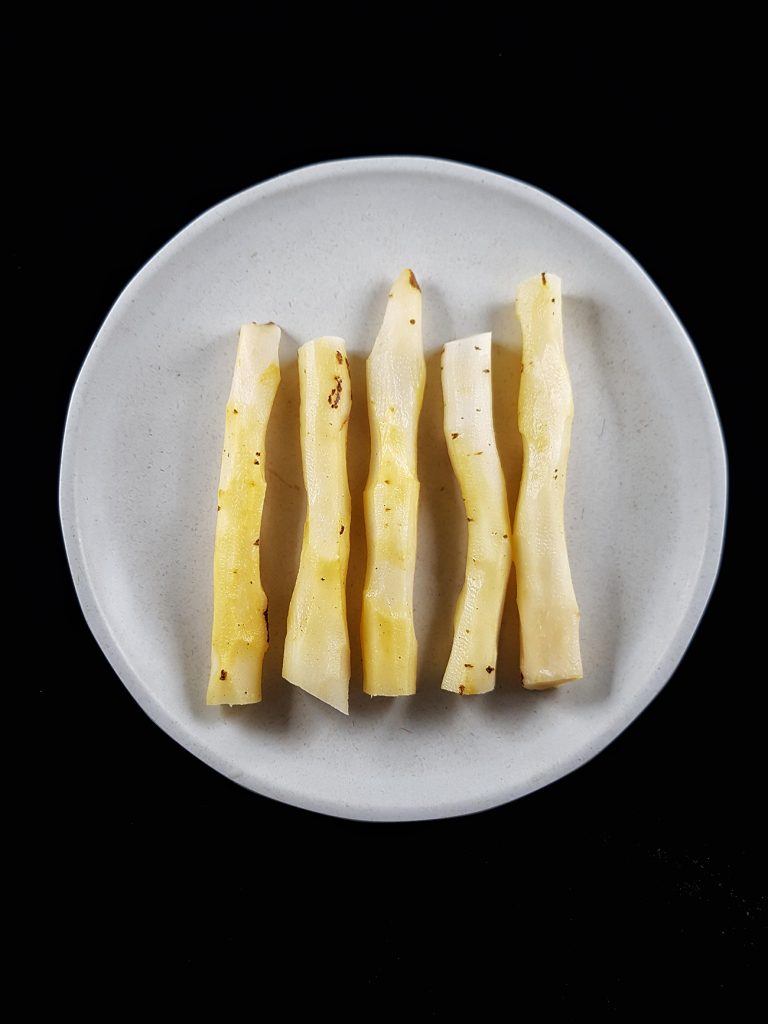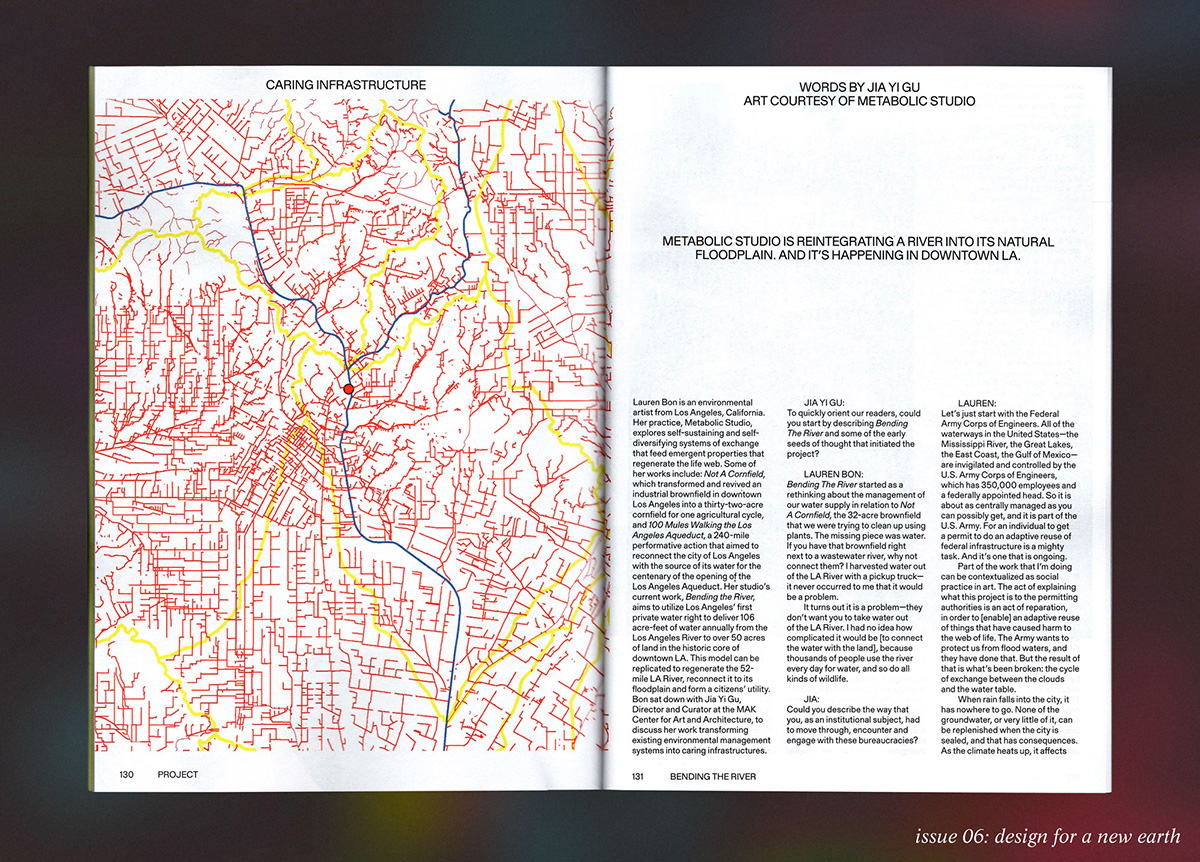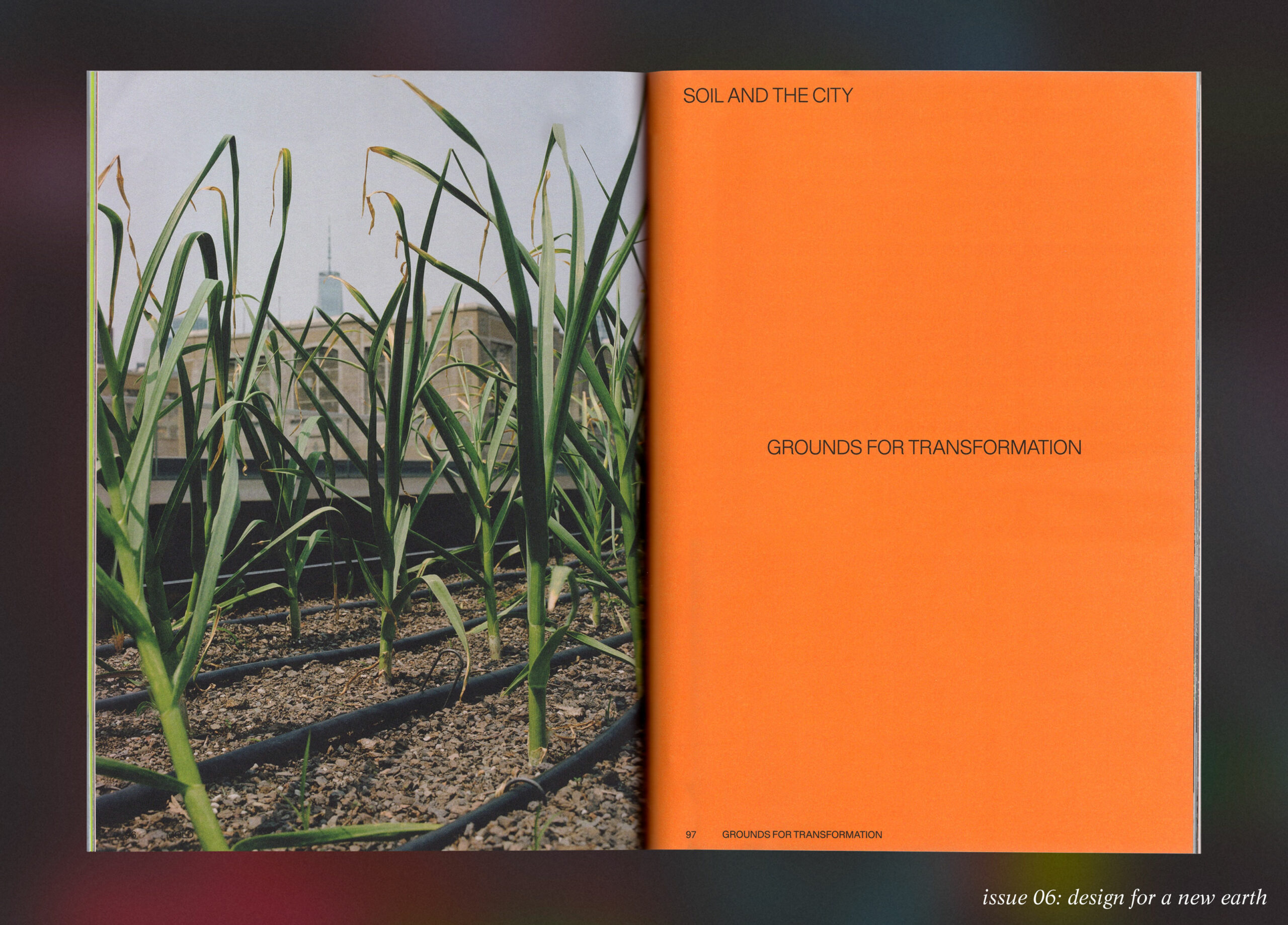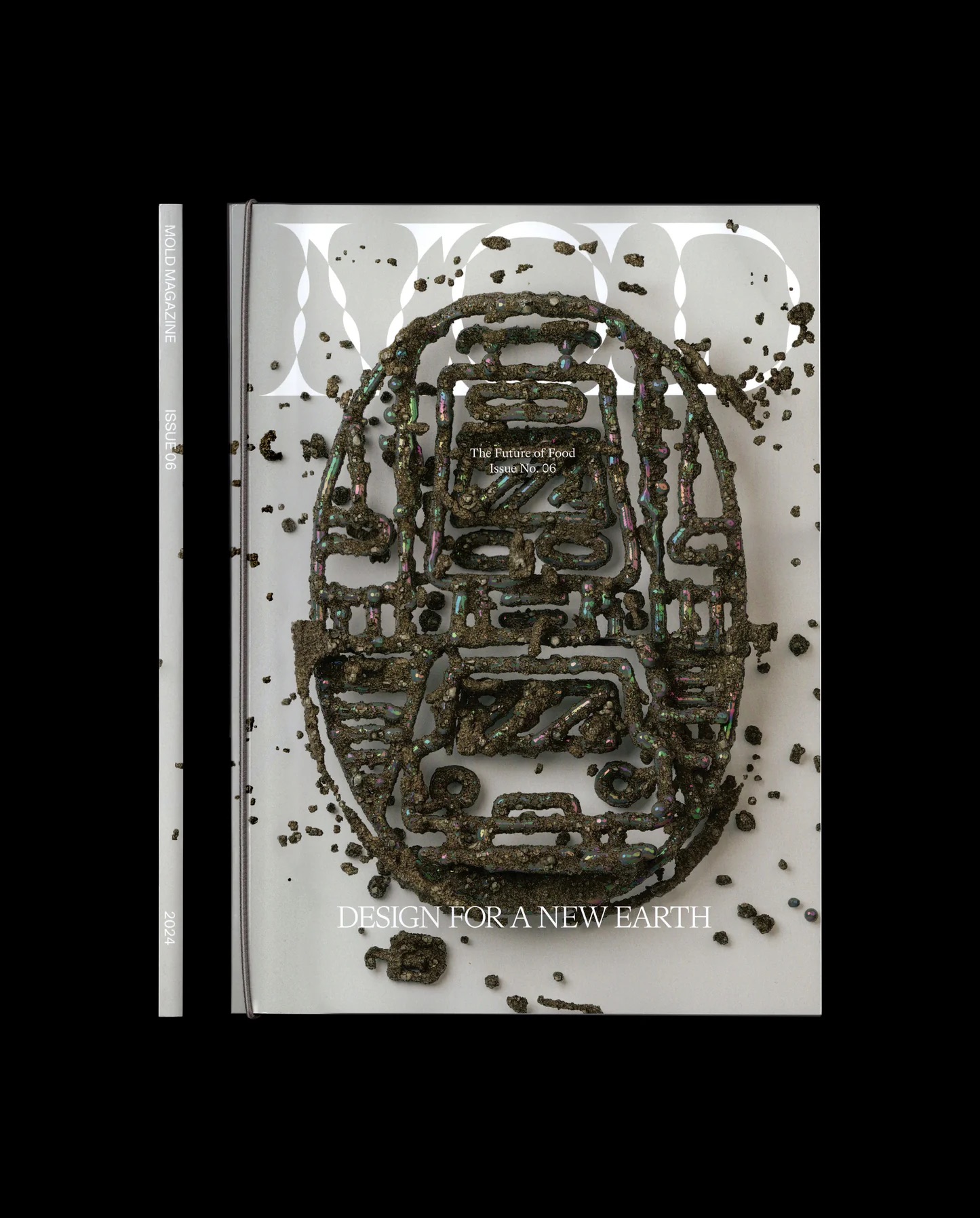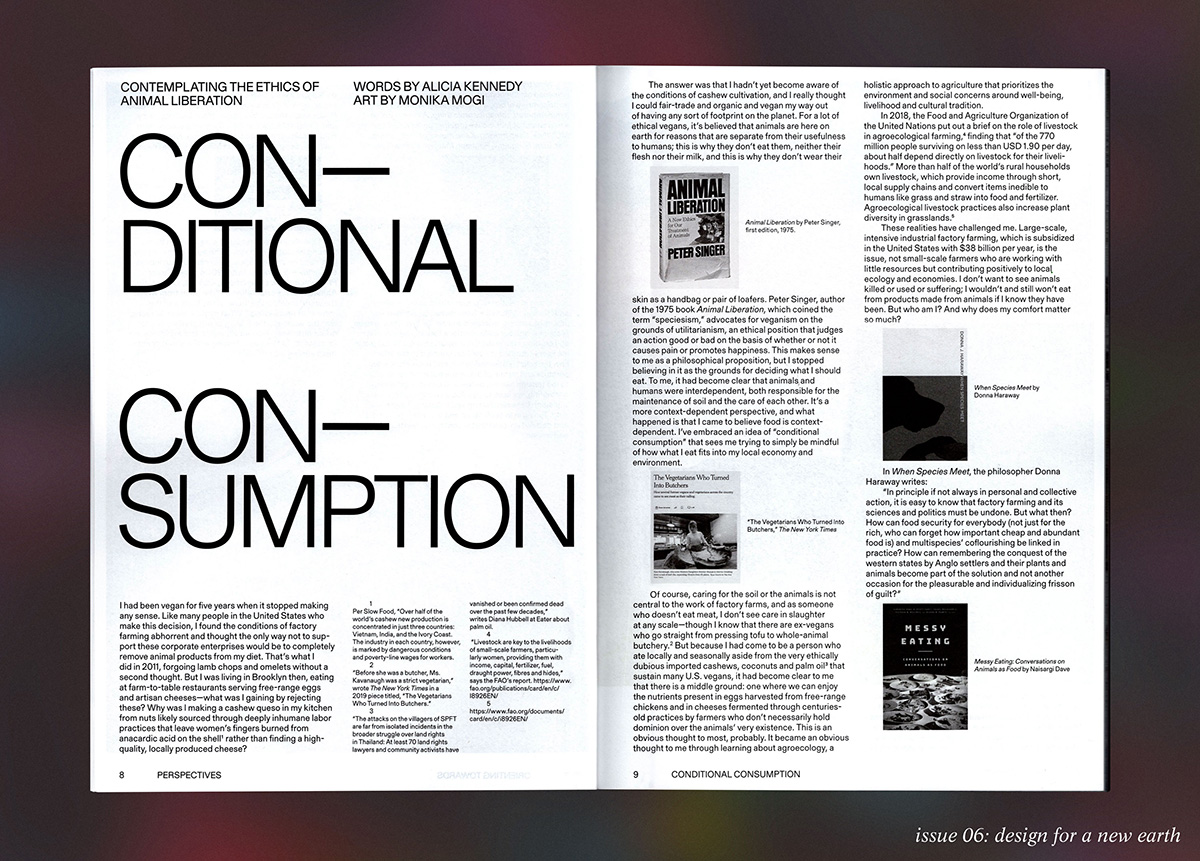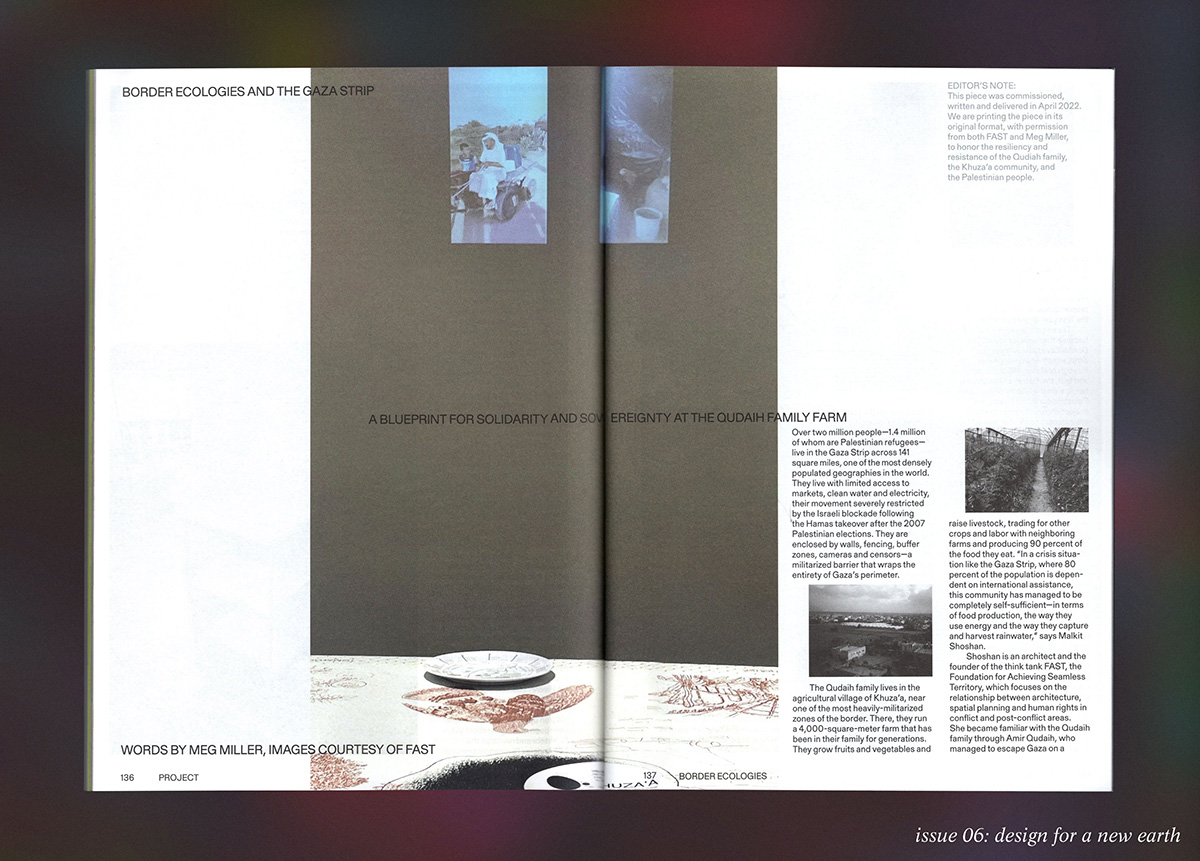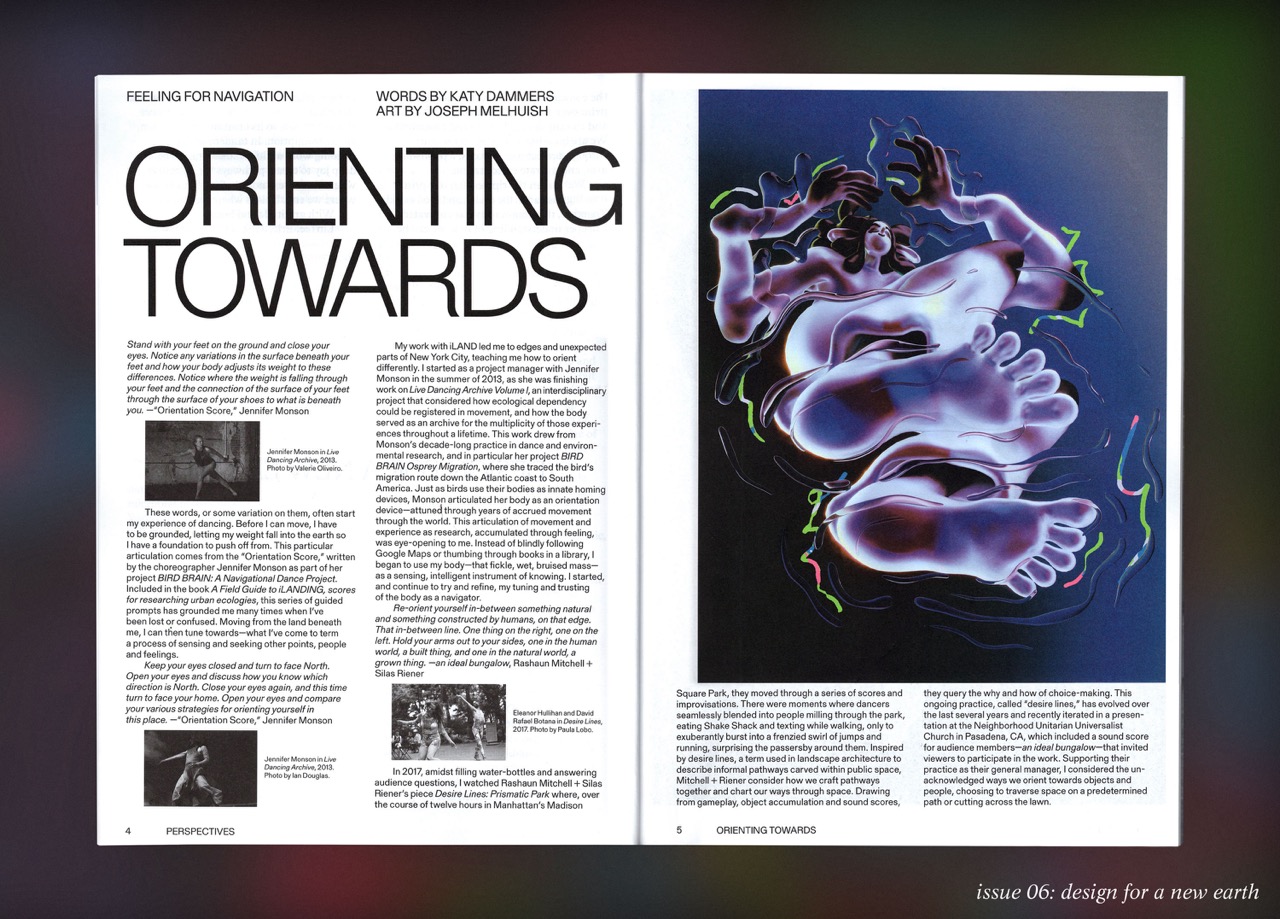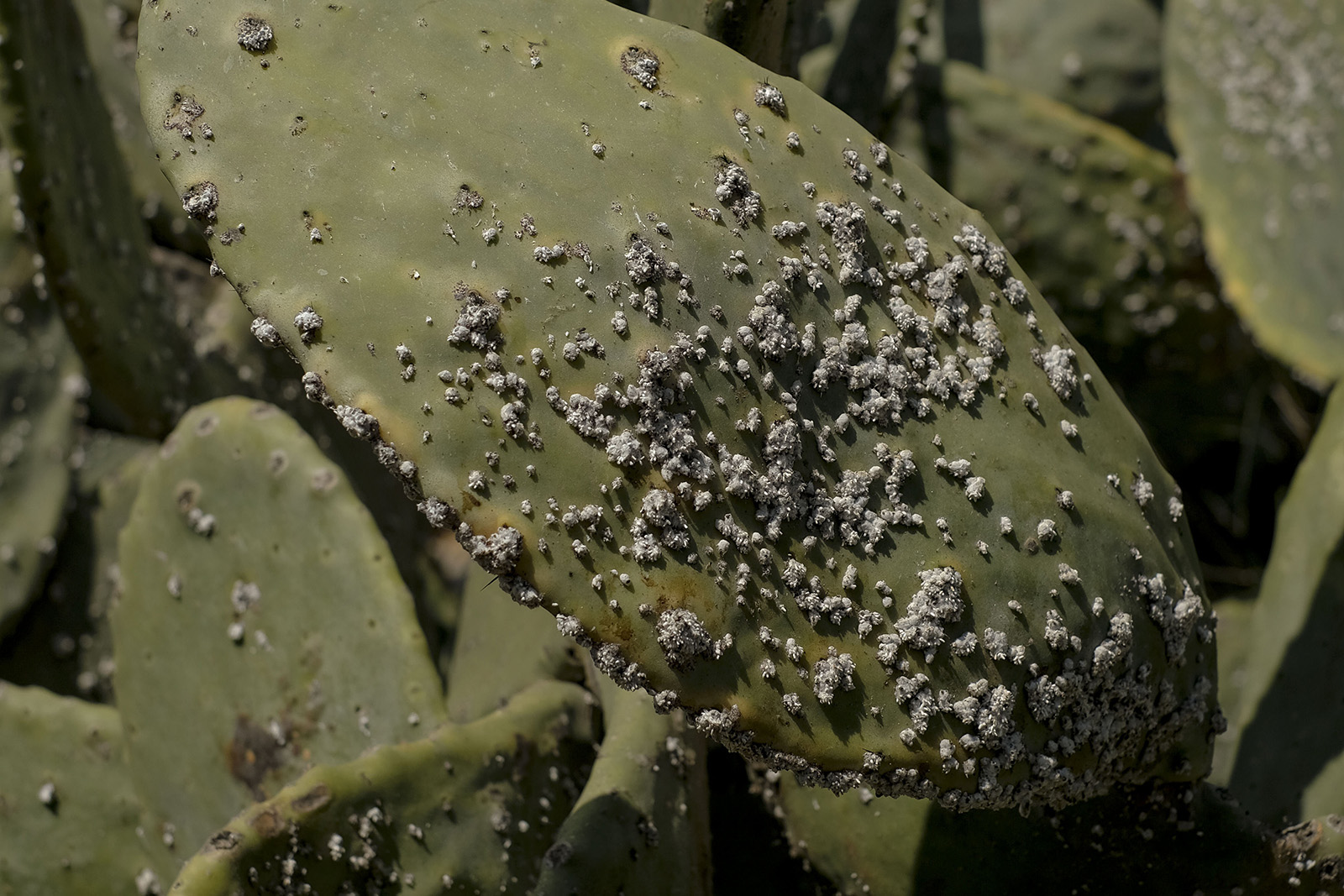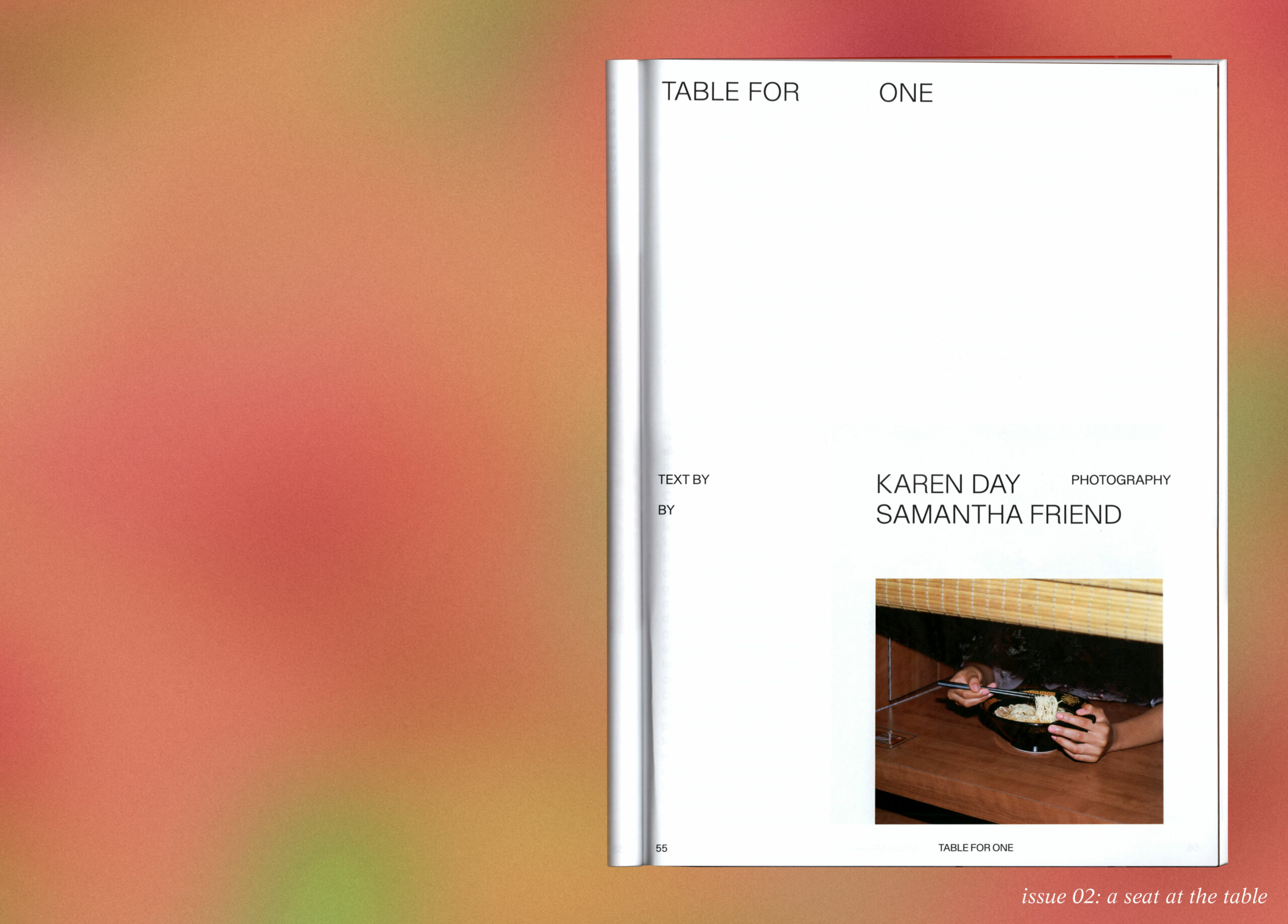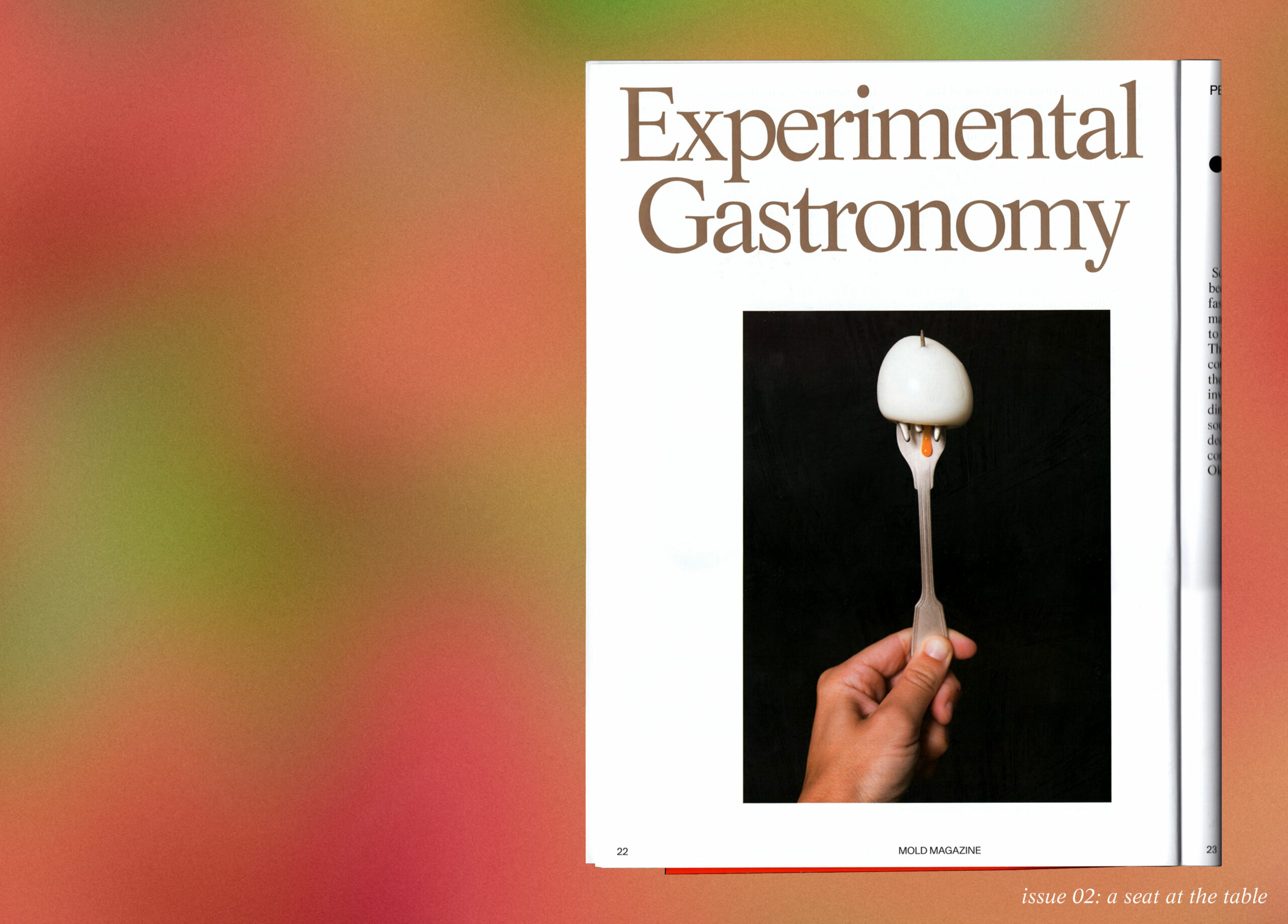Pre-order your copy of SEEDS, MOLD Magazine Issue 05 here for a pre-order price of $18USD. Expected ship date is March 29.
A few years ago I was told the story of Jewish émigrés arriving in New York in the late 19th century with strips of fabric that they had soaked in yogurt and left to dry. In their new home they would soak the fabric in milk, reanimating the culture and allowing them to seed new batches of their favourite yogurt. The yogurt, still sold at Yonah Schimmel’s Knish Bakery in the Lower East Side, it is said, is the scion, direct and uninterrupted, of the yogurt made from one of those first dairy-drenched rags.
I have, despite some efforts, not been able to confirm the veracity of the tale, but speaking to Ben Katchor—cartoonist and author of The Dairy Restaurant, which explores the culture, now largely lost, of Jewish dairy restaurants in New York—it seems unlikely given that Yonah Schimmel’s has changed ownership several times over the years. Nevertheless, the fact that people with limited space, and perhaps time, to pack might choose to take with them some dairy cultures is telling and reminds us that humans have shepherded, shaped and prized microbes throughout our history just as they have animals and plants. 1 The history of people moving ferments around the planet, and therefore microbes, is long and rich and has contributed hugely to what and how people eat.
- And the method certainly works: I have tried it, albeit not with 100% success.
What are cultures to cultures?
It takes human agency to make a decision that a ferment—a starter culture, a seed for the perpetuation of life—is worth taking on a trip with a far-off and uncertain terminus. To choose to travel with it is a powerful statement. It says: this thing is valuable. It is useful to me. It holds significance to me.

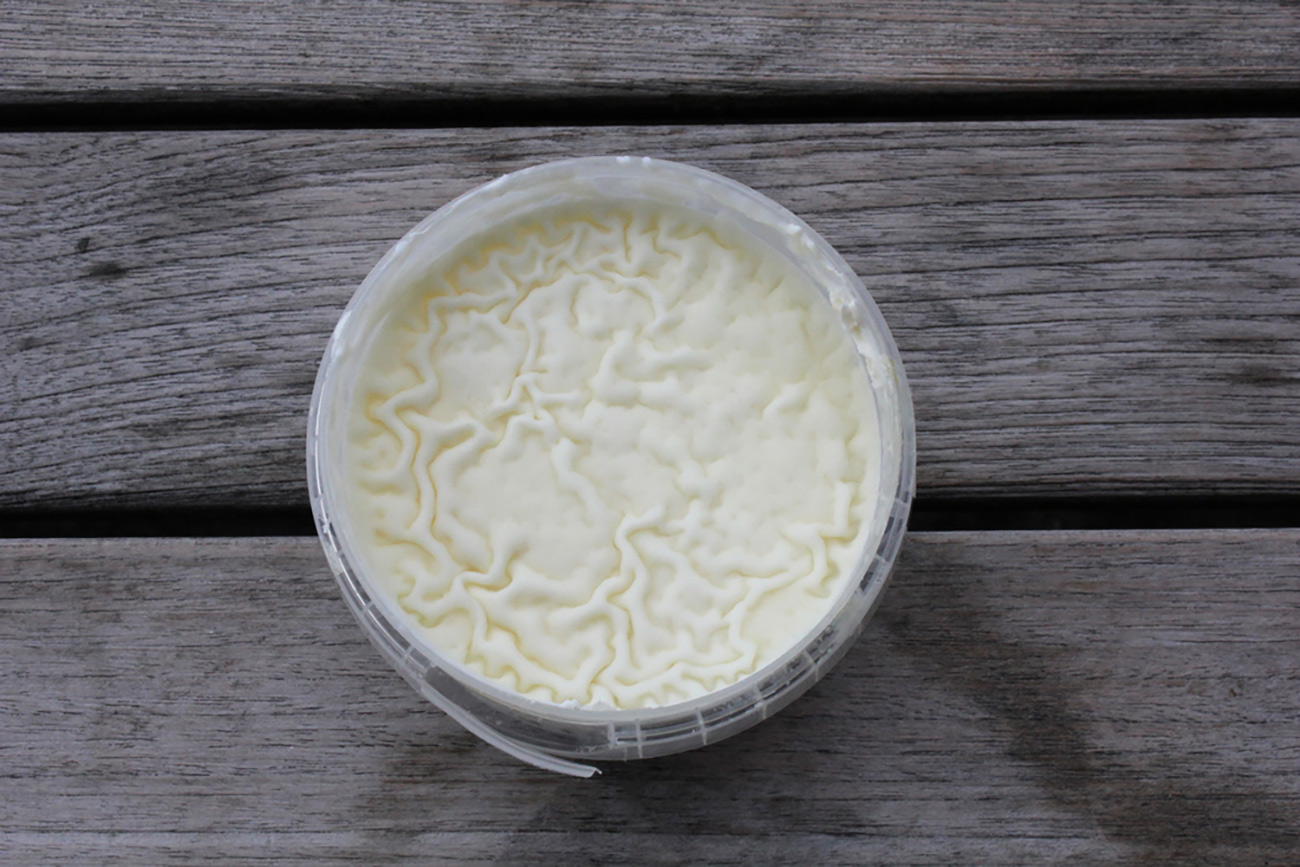
Most prosaically, people would have taken starter cultures in some form to make ferments in their new locales simply because it’s what they knew and could do it relatively easily. For the same reasons, Katchor told me of the same immigrants to New York starting restaurants in their front rooms as a way to avoid the alternatives—of working in factories or on building sites—and to spend more time with their families. Across the world the theme of first-generation immigrants starting restaurants is common. Food and cooking often lies at the heart of what is familiar and manifests as deep pools of knowledge that people can tap in the most adverse of times. Typically, this results in the recontextualising of old traditions and techniques with the ingredients and constraints particular to a new location and the creation of new foods that often go on to become favorites in the host location.2
2. Chicken tikka masala in the UK, Nikkei cuisine in Peru via Japanese migrants, the California roll in the USA (and reverse imported back to Japan!), techniques for making miso which probably entered Japan from China with migratory Buddhist monks, Taiwan/Hong Kong/ Macau bakery culture that arrived with the Portuguese, soul food in the United States that arose from African slaves who brought seeds, farming practices and food culture with them.
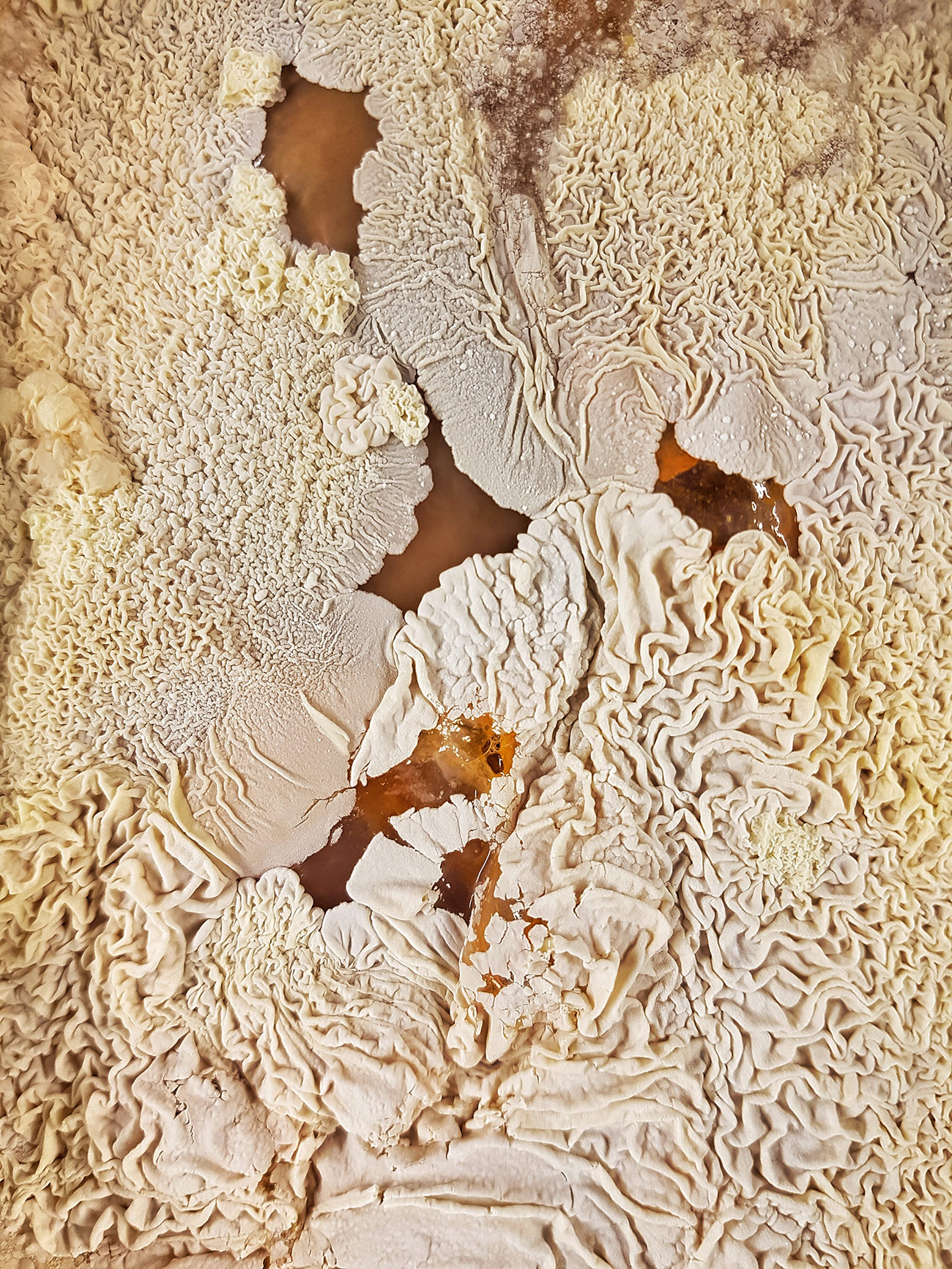
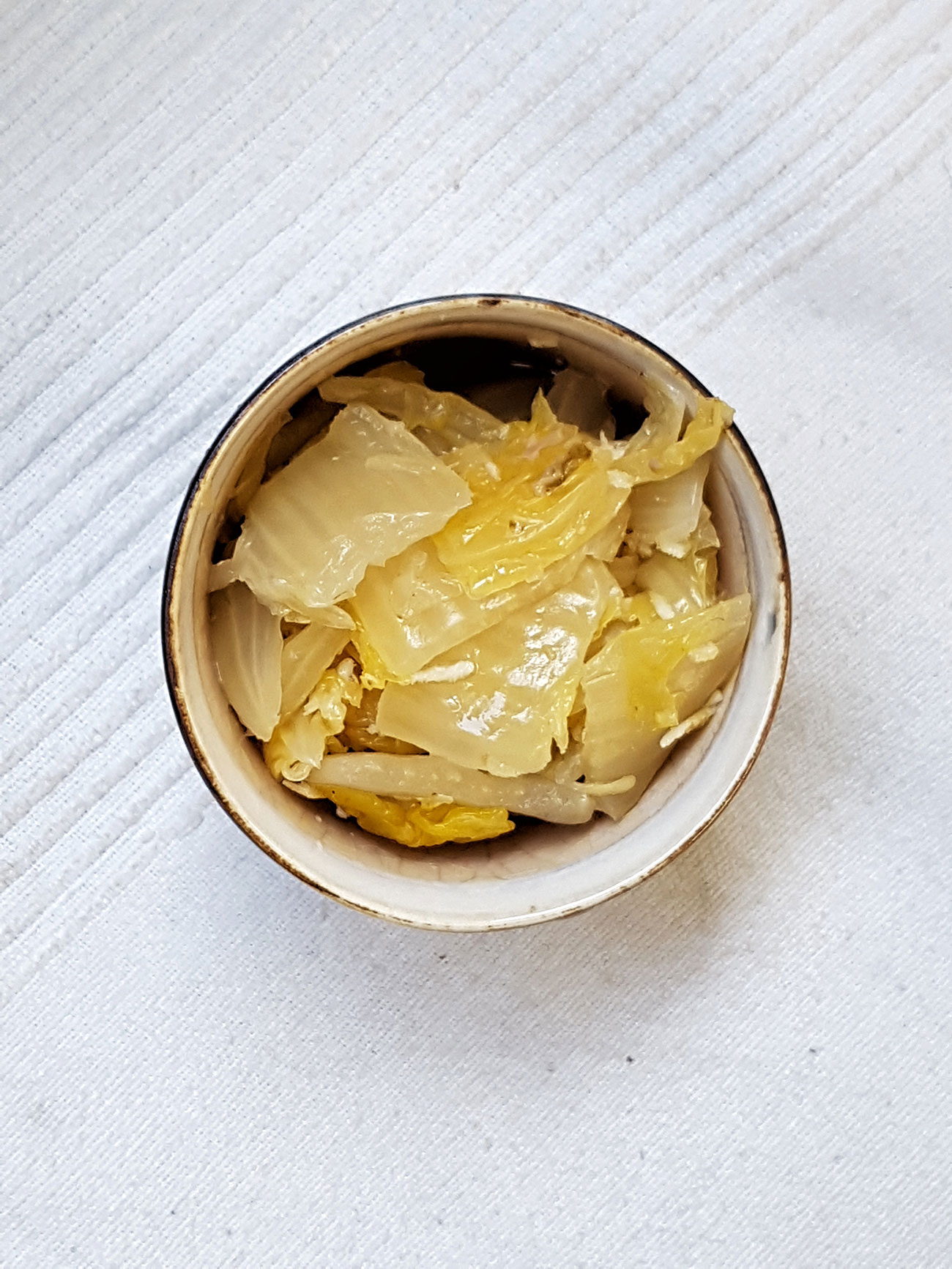
Furthermore for migrants, ferments and food provide a firm connection to home and to old ways amidst the disturbance of moving. They allow them to carry on lineal cultural traditions and establish new ones. Indeed, although much genetic material gets transferred faithfully, the composition of a ferment—which microbes are present and their precise genetics—changes with time and place, mirroring the mingling of people and their DNA. So a yogurt made in the Lower East Side is only ever an imitation of its parent starter culture made in, say, Bucharest, Gdansk, or Mumbai.
That fermented foods are connected to and through their antecedents and producers by both a biological “gene” part and a cultural “meme”3 part is fascinating: along with plants, pets4 and livestock, they are rare examples of a mishmash of these two concepts of replication and mutation. Where we see the transplantation of cultures (in both senses: human and microbial) we find the creation of new cultures (also in both senses), even when the practitioners may be pining for and pursuing the comforts of the past.
Fermentation as care
Fermentation is an intentional act of care. In contrast to other ways in which we cook food, fermentative processes, languorous, silent and stretching from days to years, are often perceived as being passive and undynamic. With little in the way of theatrics and drama, I think of fermentation as the culinary equivalent of mindfulness meditation. And as with meditation, at its core lies agency, decision and intention.
3. “A meme acts as a unit for carrying cultural ideas, symbols or practices, tht can be transmitted from one mind to another through writing, speech, gestures, rituals, or other imitable phenomena with a mimicked theme.”
4. Recently, a friend who grew up in rural Italy, upon seeing a jar of kombucha SCOBYs in my kitchen, asked what I was doing with “those little animals.” As a child, she explained, she had a similar jar that she kept under her bed and would feed periodically with sugar water. She was horrified when I explained I was harvesting the liquid they produce to drink. “But they are pets!” she exclaimed.
Microbes have needs and the first step of any ferment is, paraphrasing John F. Kennedy, to ask not what your microbes can do for you but what you can do for your microbes. One has to nourish them and provide them with the right conditions for them to thrive by curating their environment. If my lab is too cold or too hot, I am prone to getting distracted (hello Instagram!) and working poorly. If I’m hungry I tend not to work at all.
Microbes are the same. For example, some are perfectly happy breeding at “room” temperatures, while others need balmier environs: that’s why you have to keep the milk for yogurt gently heated as it ferments (an oven on its lowest setting, a radiator, or a hot water bottle will do: I imagine the original Yonah Schimmel might have left his overnight on the top of a recently extinguished stove) whereas culturing cream for butter can be done—for the most part—at whatever temperature your kitchen is. They involve different species of lactic acid bacteria with different needs: your success in making either product rests on knowing your microbes and what they need.
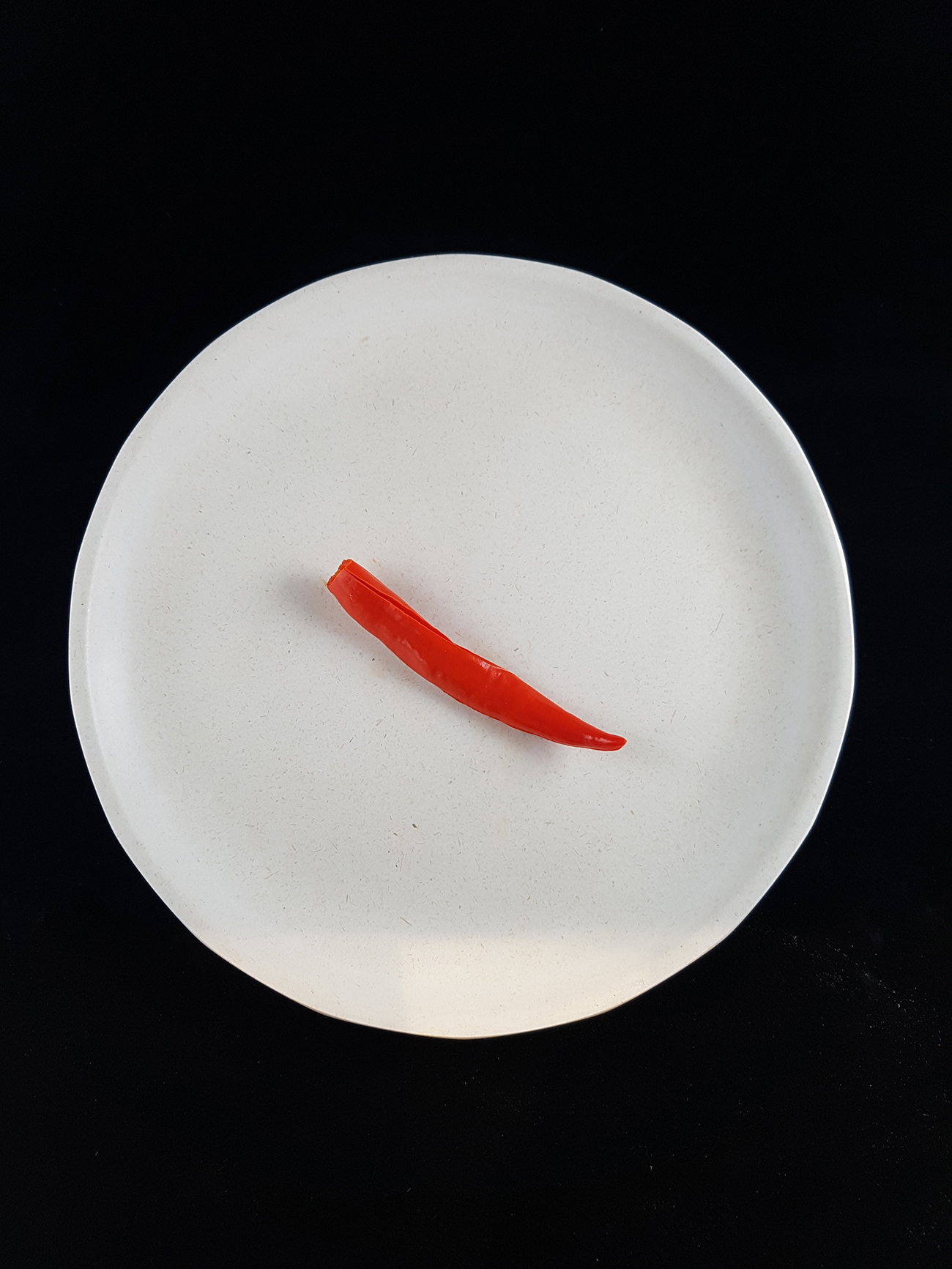

Similarly, we must make sure they have the right kind of food (not all microbes can feed off all types of sugar), that the pH and salinity are appropriate and that the presence or absence of oxygen is suitable.
Moreover, by controlling these conditions we are often trying to exclude and disfavor the growth of the “bad” microbes, the ones we don’t want: either those that will spoil the flavor of our ferment or pathogenic ones that can produce compounds that are harmful to humans.
Having done good by our microbes, what’s really in it for us and for them?
If all goes well, we yield something delicious to serve, share and cook with, and our microbial collaborators benefit by propagating and having their genetic material replicated and spread.
And the care-giving is reciprocal. We benefit because many of the microbes involved in fermenting our food have found ecological niches within our bodies: they perform important functions and we’d be sickly without them. We are only just beginning to lift the veil on exactly what is going on in our guts, but it is clear that microbes situated there play a key part in maintaining the healthy workings of numerous parts of the human body and that carrying a large and diverse community of them within us is a good thing.
Additionally, when we help the microbes that we are interested in to outcompete and dominate those that we are not (or that may harm us) we make our environment safer: studies of cheese-makers in France who work with unpasteurised milk have found that using traditional work surfaces, which can harbor in their wooden pores more microbes—both desirable for the purposes of cheesemaking and undesirable—than their modern stainless steel counterparts, allows, with repeated use, a biofilm of the desirable bacteria to build up and reduce the chance of contamination with pathogenic ones.
The paradigm of recent decades has been the rather puritanical “cleanliness is next to Godliness” or, put another way, “kill ‘em all.” Hence why our sanitising sprays wear proudly their claims of eliminating “99.9% of bacteria and viruses.” Of course there is a time and place for such products—they are powerful and important tools in keeping humans healthy and safe. But as we start to understand the growth and evolution of microbial communities better, we are likely to try to harness their power. A more collaborative human-microbe future would involve invisible armies of millions of our microbial allies keeping us safe by actively mitigating those that might harm us.
This is especially apparent when one is confronted with the futility of trying to keep anything truly clean. It has become easier to sanitise something, but it is remarkably difficult to maintain a microbe-free tabula rasa when our environments teem with trillions and trillions of microbes: microbiology labs have specialised equipment to try to achieve this, but it’s neither cheap nor foolproof.
But our relationship has always been collaborative, and humans and microbes have assisted each other for hundreds of thousands of years.
When we ferment, we build and design systems that center care-giving as practice.
As human cultures spread across landmasses and seas, microbial cultures tagged along, in our hair and skin, in our guts and poop, on our animals and belongings, setting themselves up in and adapting to their new surroundings. We have served as their Trojan horses. Several years ago on a butter expedition, I was being driven, somewhat pell-mell, across rush hour Buenos Aires by Argentinian chef and food campaigner Narda Lepes, who told me conspiratorially, “All chefs are smugglers!” The phrase has always stuck with me. We were talking about taking food produce across national borders for a pop-up dinner, but she’d actually hit upon a deeper truth: all humans are smugglers!
While we have acted, largely unwittingly, as vectors for their spread, microbes have served as the agents for cultural ideas and artifacts for us. Countless traditions and ceremonies throughout the world are based around fermented foods (butter as a sacred material in Nepal, the breaking of bread, wine as the ersatz blood of Christ, intoxication rituals), which are facilitated by human knowledge and intention, absolutely, but also have the ability of microbes to spread and thrive—to do their thing—in a wide range of environments.
Through repeated use we have domesticated particular species, tailoring their qualities and their genetic makeup, just as we have done with livestock, pets, and the fruit and vegetables we eat via artificial selection, selecting for certain desirable traits.
However, we also influence microbial communities at large whenever we use them. Experiments—ranging from the anecdotal to the more rigorously scientific—with things like sourdough, miso and cultured cream have shown that foods fermented from an identical starter culture will, after being used just a few times to propagate new batches by different people in different places, develop dramatically different flavor profiles. This can be due to environmental factors (e.g. temperature and humidity) of where the fermentation takes place as well as what new microbes each human adds to their ferment as they handle it or as it comes into contact with their spoon, crock, work surface, etc. This concept is captured elegantly by the Korean phrase son mat, translating literally as “hand taste.” The very act of fermenting something can change it, altering the microbial communities present. So in reality, your ferments are human-microbe ecologies rather than just microbial ecologies.
And it’s not just humans making use of microbial collaboration. Josh Evans, a Ph.D. candidate in Geography and the Environment at the University of Oxford, who has been studying fermentation practices among culinary innovators, including Noma and Empirical Spirits, says that “microbial ecologies without any sort of direction often end up closer to rot.” In contrast, “fermentation, by one definition at least, involves ‘more-than-microbial’ ecologies: some non-microbial organism, not necessarily human, guides microbial processes for their benefit.” And the source of those other organisms may surprise you. “Bees, for example,” he tells me, “harness lactic acid bacteria and yeasts to make bee bread,” fermented pollen, which is a primary food source for the hive.
Whatever the parties involved, fermentation is an act of delicately balanced cooperation and care that results in profound reciprocal benefits. When we ferment, we build and design systems that center care-giving as a practise.
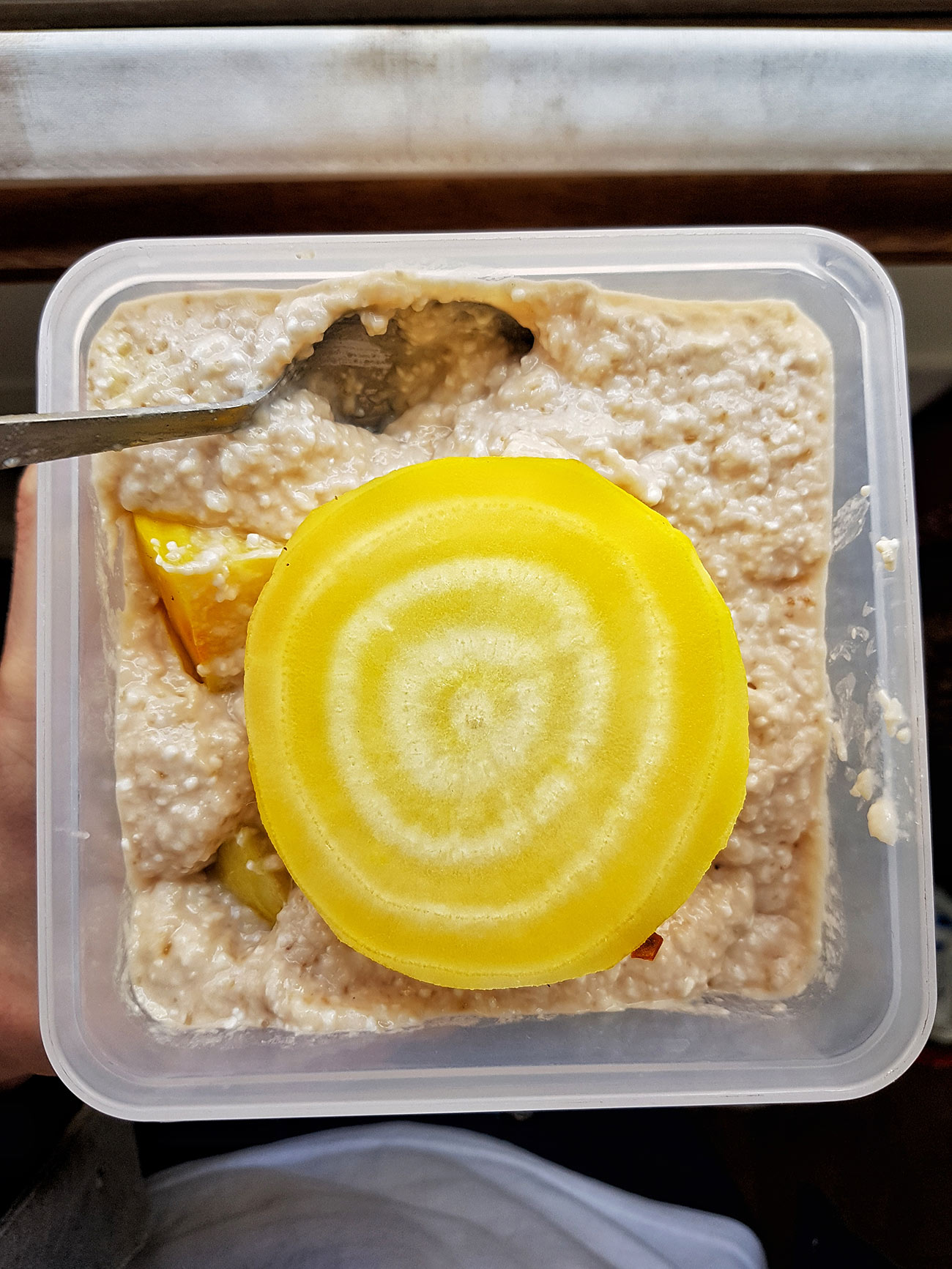

What can we learn from these fermentation practises?
Fermentation encourages us to consider the needs of others. Essentially, it’s about hospitality. Just as a restaurant ensures you are comfortable, warm and dry, so the act of fermentation is to offer hospitality and restorative nourishment to a set of microbes. We are restaurateurs of the small, maître d’s of the micro, going to great lengths to ensure our clientele, the microbes, have what they need to be happy: something to feast on, something to drink, somewhere that their competitors might not trouble them.
Whether we keep a SCOBY as a pet or to make kombucha at home, or we make kilos of sauerkraut in a restaurant, or we brew and distil industrial volumes of whisky, we are forced to practise the art of care-giving and cooperation. In his book, Katchor describes the dairying process—a complex interplay between humans, cows and microbes—as “a simple act of sympathetic magic.” There is a fine line between playing God, wielding absolute power, and playing care-giver, yielding to the needs of other organisms, but I believe that fermenting squarely encourages the latter and that there is much that many people could learn from its practice.
In a world where you can be anything, be kind: ferment.
